UK's rainfall records rescued by volunteer army
- Published
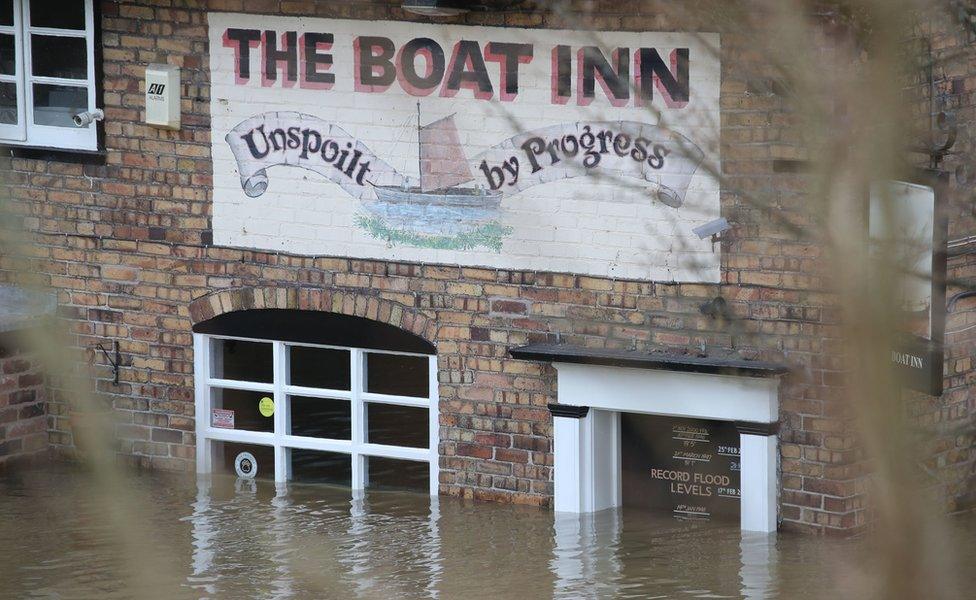
The project will help put modern floods and droughts in their proper context
Thousands of weather enthusiasts are celebrating the rescue of a unique trove of UK rainfall data.
The volunteer army stepped up during the first Covid lockdown to transfer handwritten rain gauge totals on to computers.
This digitisation effort has given the UK Met Office a much clearer idea of when our islands were sodden or parched going back almost 200 years.
And that's extremely useful for understanding climate change.
"What our 16,000 volunteers did in the first weeks of lockdown will really help us recognise long-term trends," said the Rainfall Rescue project scientist and Reading University professor Ed Hawkins, who's now analysed the new dataset, external.
"But almost more important is what we learn about extremes. We want to know about the big floods, the big droughts - how likely they are, how frequently they might happen. This will allow us to put modern extremes in their proper context," he told BBC News.

The Rainfall Rescue project was launched in those first few days after the government issued its pandemic stay-at-home order in March 2020.
People were asked to while away their time by helping to recover a series of pre-1960 weather records known as the "10 Year Rainfall Sheets".
These were 65,000 scanned pieces of paper in the UK Met Office archives, external that contained the scribbled monthly and decadal rainfall totals at thousands of weather stations across the country.
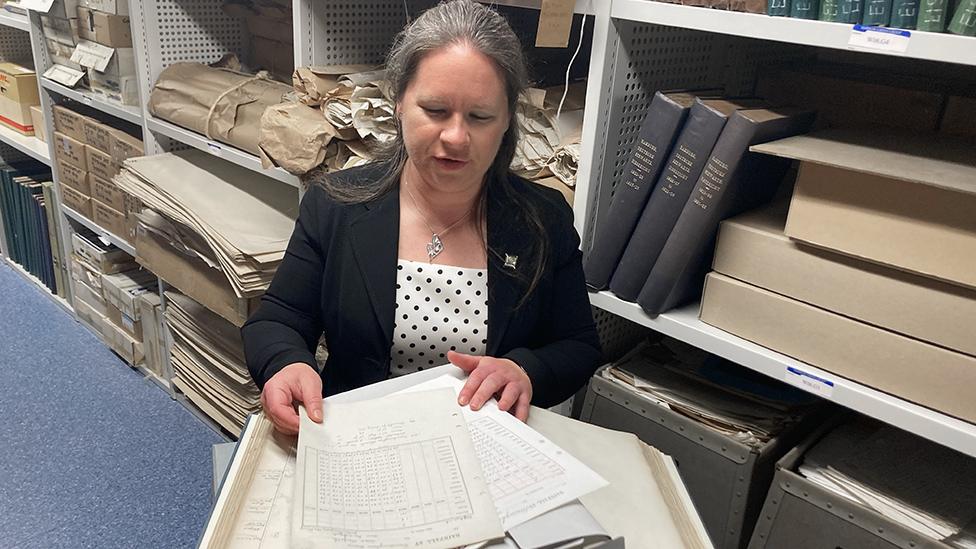
Dr Ross says the digitisation project was a herculean task
Converting all the data into a modern electronic form, able to be analysed by computer, was expected to take a long time, especially since the ornate handwriting on many sheets demanded human eyes do the job rather than an automated character-recognition system.
But the British public raced through the information in just 16 days.
"Across those 66,000 sheets, we had 5.4 million individual rainfall observations. They were keyed into the computer four times for quality control purposes. So that actually makes over 20 million individual observations being keyed," explained Met Office archivist Dr Catherine Ross.
"Add in other data, such as the names of the places where the rainfall was recorded and who the observers were - we're up to 100 million keystrokes."
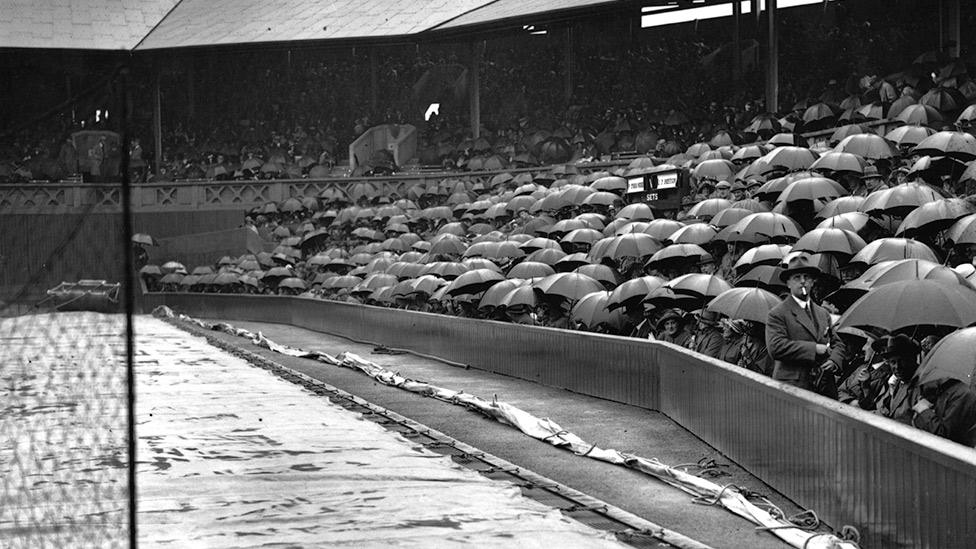
The British public love nothing better than to talk about the weather
A vast effort, but one that will now pay big dividends.
Consider the task of planning for the consequences of too little or too much water.
How do we satisfy our need for water resources, for domestic supply and industrial use, and also ensure we have the necessary infrastructure to protect our homes from flooding?
The "weather memory" recovered from the decadal sheets will underpin future decision-making.
Some nuggets of information to emerge from the project include:
The UK now has a dense grid of rainfall readings stretching back to 1836. Previously, it was only to 1862
Before the project, just 19 rain gauges had informed the 1862 picture. Today, the number is more than 700
There is now a new driest year on record. This is 1855, with just 786.5mm of rain. It takes over from 1887
There is now higher confidence that the wettest month on record was October 1903, with 220mm of rainfall
The driest month for the UK is February 1932 with 9.5mm. Again, this record now has higher confidence
The project has better mapped big drought periods in the 1880s and 1890s; and in the 1840s and 1850s
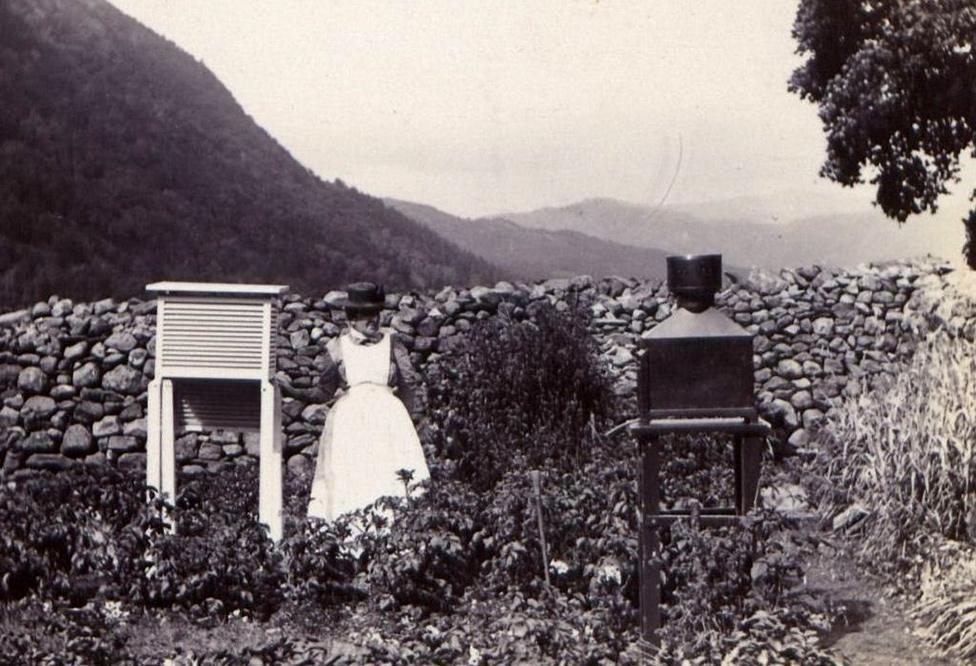
Observations being taken at a rain gauge at Seathwaite in the Lake District on 14 July 1899
Much of the rescued data comes from a period prior to the Met Office's foundation in 1854 - a lot of it gathered by keen amateurs.
These were individuals working in schools, in hospitals, at reservoirs and iron & steelworks, in lighthouses and at a chocolate factory.
There's even royal data from Sandringham House. Its 10-year sheet from 1900-1909 has written on it: "For His Majesty the King."
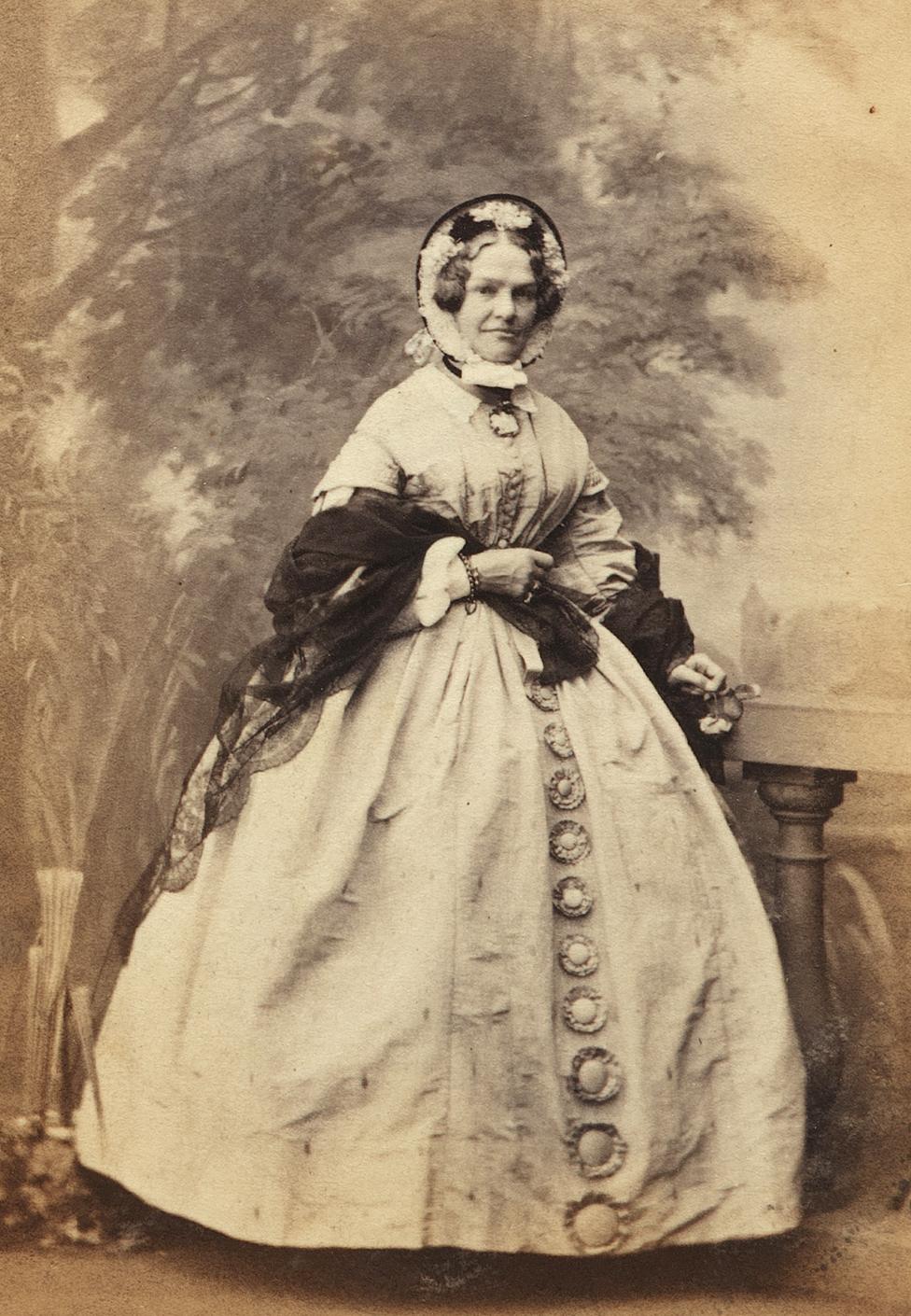
Social gatherings in London didn't keep Lady Bayning from her weather observations
Consider one Lady Bayning. She recorded rainfall in Norfolk between 1835 and 1887, and would take her rain gauge with her to London for the social season.
A good number of sheets had incomplete information, perhaps a missing location for the rain gauge.
"We had to track down a Reverend Iliff from Sunderland," recalled Jacqui Huntley, one of eight dedicated Rainfall Rescue volunteers (known as "The Collective") who set themselves the task of validating the recovered data.
"The poor man had so much bad luck. First, his rain gauge was stolen. He then had his arm broken and could only take readings for a few months, and then they put a road through his garden. We had to find his precise street to know where exactly he had his rain gauge."
Dr Mark McCarthy is head of the Met Office's National Climate Information Centre. He said: "I'm always humbled to think about these individuals who were collecting weather records long before the Met Office existed or indeed any sort of systematic observing of our climate was under way.
"They saw fit to collect their records for whatever reason, and 150, 200 years later they've produced real gems for science."
The Rainfall Rescue project was carried out on the Zooniverse citizen science platform, external. The analysis of its data is published in an open access paper in Geoscience Data Journal, external.
Hear Ed Hawkins describe the purpose and benefits of the rainfall project
